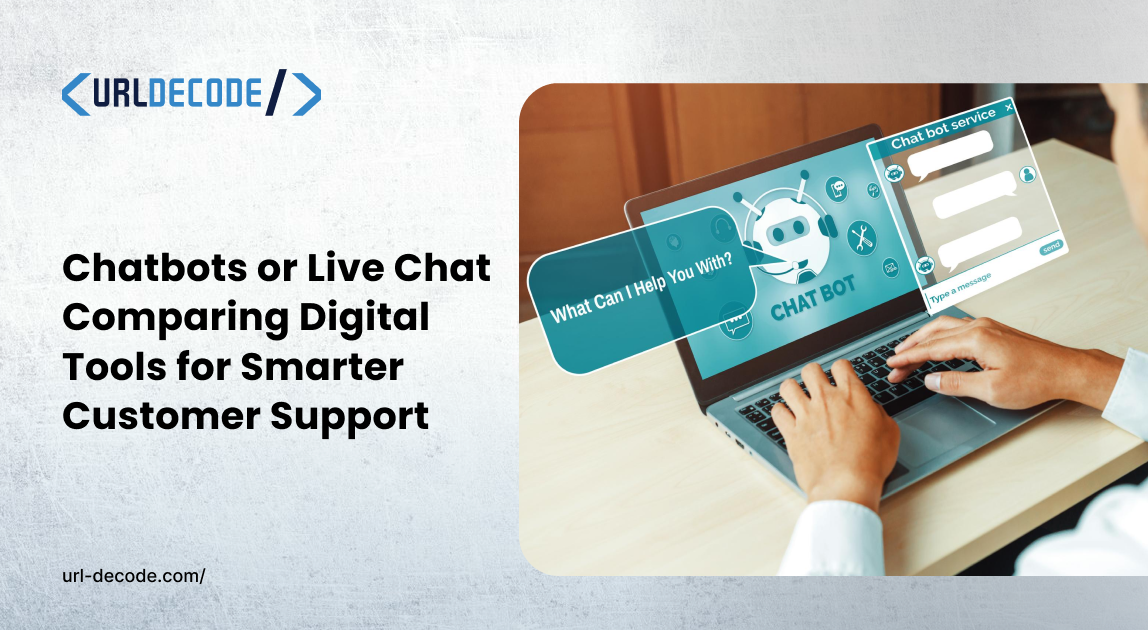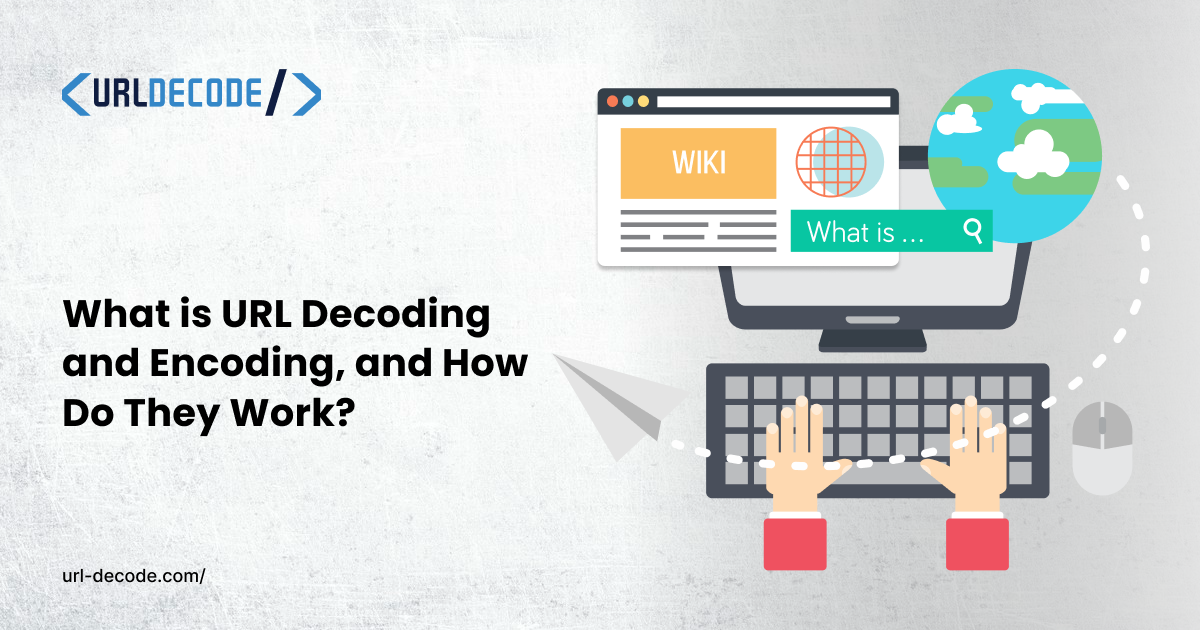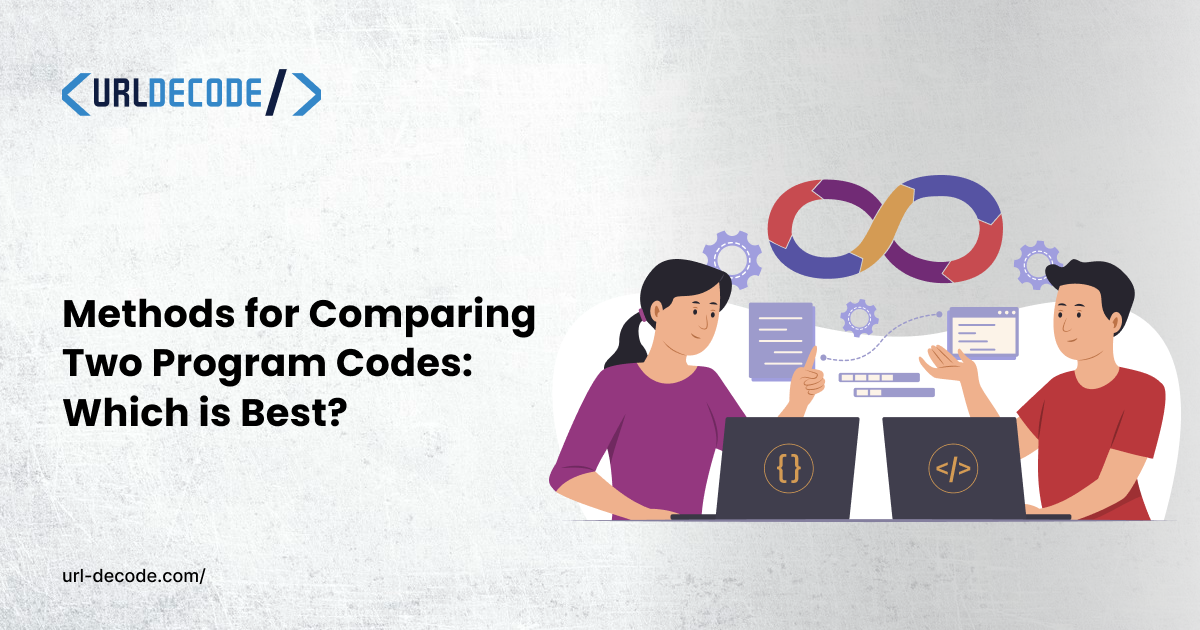Chatbots or Live Chat? Comparing Digital Tools for Smarter Customer Support

In today’s digital world, businesses are obsessively trying to find ways to wow their customers. Live chat and AI chatbots are very common in the digital world, as everyone wants to know which tool actually delivers results. For smarter customer support: Live chat leans into the human touch, the subtle empathy that machines can’t replace, while AI chatbots boast instant responses and answer the query within a minute. But if you ask me, it’s not just about comparing ones, it’s about understanding their benefits, strengths, and features, which depend on your personal needs.
From e-commerce brands to Tech brands like Flipkart, Zomato, Amazon, and Shopify, every company is pouring resources into conversational AI and live chat to automated help desks. You know why? Because customers expect seamless support, want instant replies, and human empathy, one bad experience can mean losing loyalty to their customers. The real question: how does an AI assistant, loyalty rewards, and live chat fit into your business strategy without turning your service into a soulless, robotic exchange?
1. Understanding Live Chat and AI Chatbots
1.1 Live Chat:
Live chat is a raw, human-to-human conversation, right there on a website or app. Unlike email, where you wait hours or even a day, live chat provides an answer immediately, which reduces frustration and gives instant gratification.
A 2023 Statista report found that 63% of Indian online shoppers prefer live chat when they want quick answers. Many platforms like BigBasket and Paytm use this strategy to make their customers happy. It didn't just see only happy customers; they also saw up to 40% higher retention after implementing high-end live chat systems. That's the power of live chat, which creates immediate response and a human touch.
1.2 AI Chatbot:
AI chatbots are smart systems that mimic human conversation, often predicting needs before the customer even voices them. Whenever we go to the HDFC Bank website, we see a chatbot that is called an AI chatbot. It helps them to handle thousands of responses in one go. Eva handles over 3 million queries every month with the help of an AI Chatbot. It helps in scaling support in a way humans simply can’t. But here’s the catch: AI is brilliant for volume, not nuance. In 2025, many AI chatbot development companies will launch personalized message features that look genuine and human-written. Chatbots aren’t just changing customer service; they’re transforming how companies hire and engage talent, too. A recruiting chatbot automates the early stages of hiring through AI-powered sourcing, answering candidate queries, shortlisting profiles, and helping recruiters save time while improving the candidate experience.
Want to know how brands are using chatbots more creatively? Take a look at this hobo. Video blog on Creative Ways to Leverage Chatbots for Effective Marketing.
1.3 Let's Compare Live Chat and AI Chatbots
|
Live Chat |
AI Chatbots |
|
Live chat provides high empathy, personalisation, and nuanced problem-solving |
AI Chatbots provide 24/7 availability, prompt replies, and cost-effectiveness. |
Increasingly, many Indian companies are adapting remote models, letting AI handle repetitive tasks while humans solve complex or sensitive queries. Honestly, that is where the magic happens.
For a deeper breakdown, there are the Top 10 chatbot builder brands that grow faster.
2. Evolution of Customer Support
2.1 From Call Centers to AI-Driven Systems
In call centers, we see endless hold times and repeated explanations. Sometimes it feels frustrating that we have to wait longer than expected; nowadays, digital-first strategies are leaving them behind. Automation, powered by conversational AI, now dominates the market. In 2024, a Gartner report shows that 72% of companies that used AI in customer interactions see 60% in response times. It's half of what it was before. Really cool, right? Adaptating these strategies not only reduces time but also is more cost-effective than before.
2.2 Understanding Virtual Assistants in Business
Virtual assistants are the next-level combo of AI smarts and human feedback. They schedule, guide, and answer instantly, and provide feedback as teachers. However, it's not nuanced. As a human personalized approach can’t be replaced by any AI.
3. Benefit of Live Chats
3.1 Real-Time Human Interaction
AI can't replicate human empathy. Agents can quickly recognize tone, frustration, and context, which is essential for typical situations, complex complaints, emotional customers, or sensitive topics.
3.2 Improved Conversion Rates
Live chat is more than just a salve; it sells. Forrester shows that customers using live chat are three times more likely to convert than customers using email. Myntra reported a 35% increase in completed transactions, as a result of “super live chat.” That’s not a small bump; that’s what the brand needs.
3.3 Customer Trust and Brand Loyalty
Bots do not engender trust. Especially in India, where older demographics, for example, prefer a real human to handle refunds, cancellations, etc. Live chat is all about loyalty.
4. Benefit of AI Chatbots
4.1 AI Chatbots available 24/7
We humans need rest. However, AI doesn’t. For businesses spanning time zones, round-the-clock service isn’t optional; it’s mandatory. AI Chatbots work 24/7 without taking naps, and that is what every business needs for their customers.
4.2 Handling Large Volumes
Can AI Chatbots handle thousands of queries in one go? No feeling exhausted like a human. Let’s take an example of Flipkart's AI bot, which handles peak-season madness without hiring extra staff. It's efficient and unmatchable.
4.3 Cost Efficiency
It's cost-effective as we need fewer human agents, meaning lower costs. Companies report 30–40% savings in support budgets after AI bot integration.
4.4 Personalization with AI Chatbot
In 2025, AI will no longer be as cold as it was earlier. Advanced technology can analyze purchase patterns of the customer, their past interactions, and behavior to deliver tailored responses and act as a bridge between automation and personalization.
5. Common Challenges
5.1 Live Chat Challenges
- Higher staffing requirement: Live chat process requires more staff to handle customer queries.
- Limited operational hours: since it depends on humans. Live chat is restricted to working hours. As humans need rest, they are not available 24/7.
- Slower during traffic spikes: when customer traffic increases, response time slows down because humans cannot manage thousands of queries at once.
5.2 AI Chatbot Challenges
- Struggles with emotional touch: Since AI cannot feel emotions like humans, it cannot provide genuine empathy in its response.
- Robotic or generic replies: Since AI cannot think like humans, AI may deliver repetitive and robotic replies, which can feel impersonal compared to human interaction.
- Constant training required: AI systems need constant training for better responses.
5.3 Hybrid Approach
In 2025, a smart business strategy will blend both Live chat and AI to handle routine FAQ’s. It’s the balance strategy every company should aim for. Hybrid Strategy is the best approach for anyone who wants to grow their brand and build customer trust. As the latest 2025 report says, adding both live chat and AI together makes a boom strategy for increasing leads for the business. That’s the reason 70% of brands use the Hybrid approach to make the brand trustworthy.
6. Metrics to check Success
6.1 Key Performance Indicators (KPIs)
Measure performance with:
- First Response Time (FRT)
- Average Handling Time (AHT)
- Customer Satisfaction (CSAT)
- Net Promoter Score (NPS)
Hybrid systems used the best of both versions: speed plus emotion.
6.2 Example Data
- Zomato: 25% CSAT increase with hybrid support.
- Amazon India: 30% reduction in AHT through AI solutions
7. Some Real World Examples of AI Chatbots and Live Chat
7.1 Banking industry
HDFC Bank’s Eva and ICICI’s iPal manage their millions of queries with the help of AI chatbots. It helps them to increase their efficiency. And also increase their brand value with high-end customer service.
Live Chat Example: Kotak Mahindra Bank uses live chat for personalized support on sensitive queries like loan approvals or account issues; it provides human empathy and builds human trust more.
7.2 E-commerce industry
Flipkart’s AI assistant handles millions of orders, returns, and basic customer queries, helping their live agent focus on important matters.
Live Chat Example: Myntra uses live chat to assist customers with styling advice, order modifications, and product-related questions. It helps Myntra to build trust and speed side by side.
7.3 Travel and Hospitality industry
MakeMyTrip and GoAir use AI for bookings, ticket cancellations, and FAQs, cutting employee costs in half and improving the satisfaction of their customers.
Live Chat Example: Yatra.com uses live chat support for customers who are facing complex travel queries or last-minute changes, to ensure that their customers receive personalized guidance and support from their team.
8. Differentiators of AI Chatbot
8.1 Understanding User Intent
Modern AI isn’t just reactive; it can predict what the user wants using NLP, making interactions feel contextually smart. Moreover, NLP helps AI to understand human behaviour, needs, and interactions that make AI chatbots smarter.
8.2 Predictive Assistance
AI chatbots are predicting past behavior and their needs, which helps to reduce friction and speed up the work.
8.3 Omnichannel Platforms Integration
AI, when integrated with websites, apps, and social media, always ensures a consistent experience across channels. This helps to get consistent results and better performance.
9. Live Chat and AI Chatbots:
9.1 Customer Preferences
Urban Indians often prioritize speed and convenience (AI) that AI Chatbots can provide, while Tier 2–3 users lean toward human clarity.
Human personalisation cannot be replaced by AI. As mentioned earlier, too.
9.2 Business Adoption Trends
- 58% of startups use AI chatbots to answer their customers' queries.
- 42% of startups use Live chat as a primary source
- 65%of the company uses: Hybrid systems for peak seasons.
9.3 Future Outlook
We can expect AI to mimic human-like empathy in the upcoming years and narrow the gap with live chat over the next five years. As now many AI chatbots also start answering like humans, there is a possibility that AI can show empathy like humans and answer the queries like humans did in the near future.
10. Tips for Choosing Between Live Chat and AI Chatbots
- Customer Demographics: Younger audiences skew AI, as they need a prompt response to the questions. But older ones prefer a human response. As they need human types of answers with empathy.
- Query Complexity: Simple FAQs, AI can also answer, or we can say, AI can answer it better; However, for multi-step issues, humans can answer better as humans can show empathy, understand human-to-human words, and answer the queries efficiently.
- Key ROI Metrics: Track Customer Satisfaction (CSAT), First Response Time (FRT), and conversion rates to gauge the effectiveness of both AI chatbots and live chat, and adjust strategies accordingly.
- Employ Hybrid Solutions: Combine AI chatbots and human agents to optimize service. Let AI manage routine queries quickly, then seamlessly escalate to live agents for complex or sensitive matters, blending speed.
Conclusion:
Live chat and AI chatbots both have their own advantages and disadvantages. Live chat provides human empathy, nuanced problem-solving, and loyalty, while AI chatbots provide instant response, high speed, scalability, and lower cost. In my point of view, the best strategy is a hybrid approach that balances technology and human touch to meet customer expectations.




